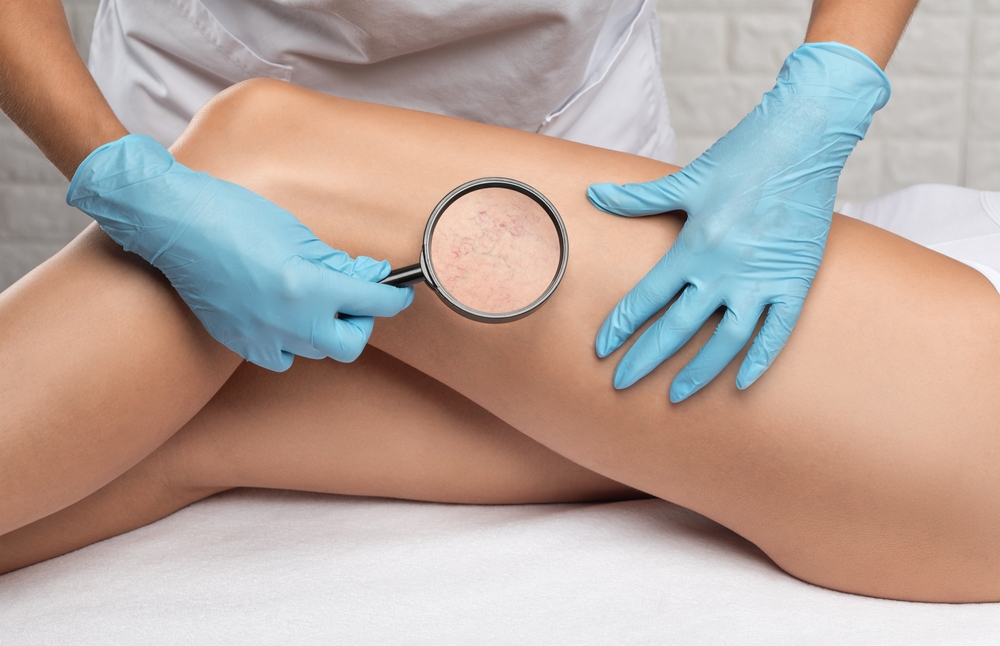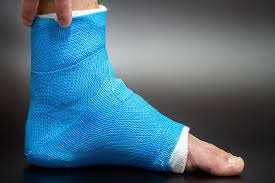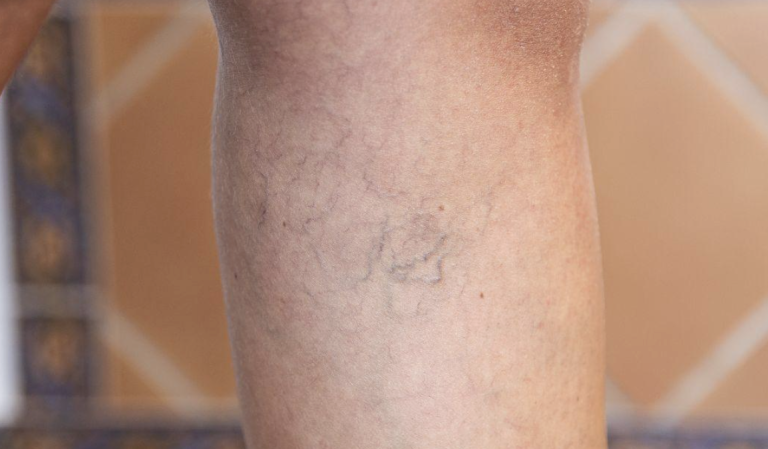Varicose veins are enlarged, twisted veins that most commonly occur in the legs. Many factors can contribute to their development, including pregnancy. During pregnancy, the body undergoes significant changes, some of which can place strain on the circulatory system. Understanding the causes, symptoms, and ways to alleviate discomfort can help individuals manage varicose veins during this time.
Causes of Varicose Veins
Varicose veins develop when the valves inside the veins weaken or become damaged. Veins are responsible for moving blood back to the heart, but when the valves fail to close completely, blood flows backward and pools in the veins. This pooling creates pressure, leading to vein enlargement and visible bulging under the skin.
Several factors can increase the likelihood of developing varicose veins, including genetics, age, obesity, and prolonged periods of standing or sitting. A family history often indicates a higher risk, as inherited traits can influence the structure and strength of veins. Hormonal changes and increased blood volume during pregnancy further elevate the risk.
Effects of Pregnancy on Veins
Pregnancy introduces a combination of physical and hormonal changes that can impact vein health. These factors often contribute to the development or worsening of vein-related issues:
- Hormonal Changes: Increased levels of progesterone relax vein walls, reducing their ability to pump blood efficiently.
- Higher Blood Volume: The increased blood production during pregnancy puts strain on veins, particularly in the lower body.
- Uterine Pressure: As the uterus grows, it can compress veins in the pelvic area, obstructing blood flow and leading to increased pressure in leg veins.
- Weight Gain: Additional body weight can lead to physical strain in the lower extremities, further taxing the circulatory system.
For many individuals, these effects are temporary and subside after pregnancy, but they can create discomfort during this period.
Symptoms of Varicose Veins
These issues are more than just a cosmetic concern; they can also cause noticeable physical symptoms. Common signs include a heavy or aching sensation in the legs, especially after prolonged standing or sitting, swelling in the lower legs and ankles, visible twisted veins that appear purple or blue near the skin’s surface, and itching or irritation near the affected veins. While most cases are mild, severe cases can lead to complications such as skin ulcers or blood clots. Anyone experiencing significant discomfort or unusual symptoms should consult a healthcare professional for evaluation.
Ways to Reduce Discomfort
Managing varicose veins during pregnancy involves simple steps to improve blood flow and reduce discomfort:
- Elevate Legs: Rest with legs above heart level to reduce swelling.
- Wear Compression Stockings: Support veins and promote circulation.
- Stay Active: Engaging in activities like walking or swimming can improve blood flow.
- Sleep on Your Left Side: This position reduces pressure on the vena cava.
- Avoid Prolonged Sitting/Standing: Change positions often.
- Maintain a Healthy Weight: This reduces strain on your veins.
Protect Your Vein Health During Pregnancy
While pregnancy-related varicose veins can be bothersome, they are a natural response to the body’s adaptations during this unique period. By understanding the causes and symptoms, individuals can take proactive steps to manage their vein health. Simple adjustments to daily habits, such as staying active and elevating the legs, can make a noticeable difference in minimizing discomfort. Maintaining open communication with a healthcare provider allows you to address any concerns appropriately.
- crypto30x com zeus Review: Is It the Best Platform for U.S. Crypto Traders in 2025?
- Super Scatter Juara100.org Medal: The Ultimate Guide to Winning Big in Online Gaming
- Ziuqyazhmizz: Ancient Slavic Practice Explained – Meaning, Benefits & Daily Life Guide
- Zaxtexporoz: A Simple Guide to Xcer Tools, Digital Trends, and Smart Solutions
- Casîo: A Symbol of Innovation, Durability, and Global Trust





